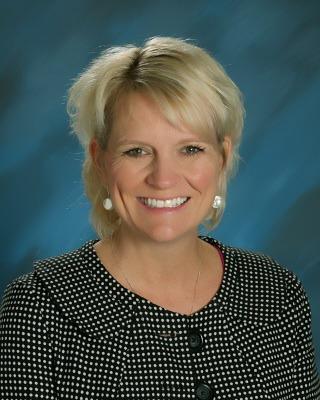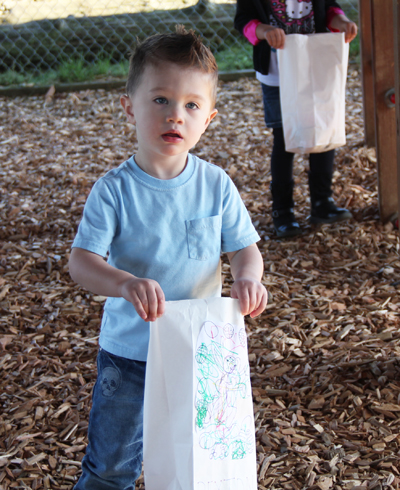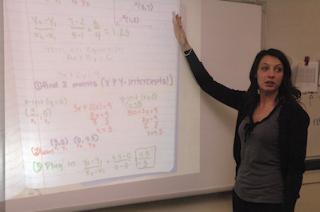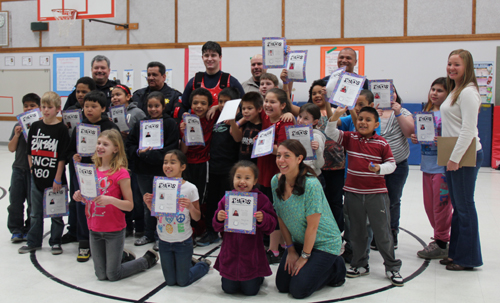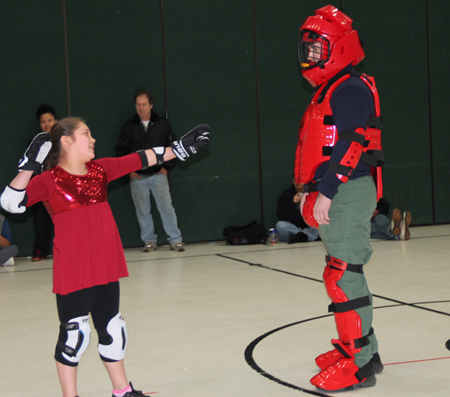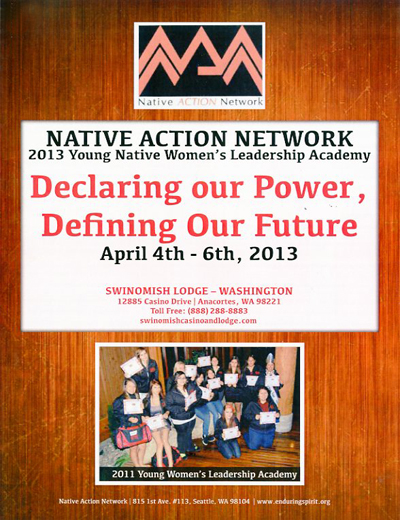The University Center is expected to outgrow its home at EvCC by 2021 because of rising enrollment.
By Jerry Cornfield, The Herald
OLYMPIA — Washington State University is inciting the kind of concern in Everett that community leaders have dreamed about for years: too many college students, not enough classroom space.
A consortium of universities led by WSU thinks it will nearly triple its enrollment at Everett Community College this decade and need a new home for its students by the next.
WSU and its partners at the University Center predict the number of full-time students they serve will rise from 465 this school year to 1,179 by the spring of 2021.
By then the center will “outgrow currently available facilities on the EvCC campus and will need significantly more physical capacity,” according to a report delivered to the Legislature in December.
Area lawmakers are citing that prediction in their efforts to secure $10 million in state funding to buy land and erect a new building near the community college.
“It is a necessary next step if we are going to continue to meet the growing need for those four-year degrees,” said Sen. Nick Harper, D-Everett, who first submitted a request for funds to the writers of the Senate capital budget in February. Around the same time, Reps. Mike Sells of Everett and John McCoy of Tulalip approached the chief capital budget writer in the House, Rep. Hans Dunshee, D-Snohomish.
Dunshee, long a central figure in efforts to land a university branch campus in the county, gave no hints on how he’ll respond.
“I have a lot of requests,” he said. “I have to consider all the statewide interests.”
Today the University Center is managed by Everett Community College and operates out of allotted space in Gray Wolf Hall. Its participating colleges include Western Washington University, Central Washington University, University of Washington-Bothell and WSU.
A state law passed in 2011 prescribes a path for WSU to take over management by July 1, 2014. That same law required that before the changeover the Pullman-based research university had to begin offering undergraduate degrees at the center and write a long-term plan for running the operation.
WSU launched its mechanical engineering degree program at Everett Community College in August and quickly filled its 60 slots.
It is seeking $2 million in the next state budget to start baccalaureate degree programs in electrical engineering, communication and hospitality business management. WSU also wants to add certificate programs in education. All told, these could push WSU enrollment to 450 students by 2021.
Western Washington and Central Washington also want to add generously to their respective enrollments at the University Center in the next few years.
Crowding is already a concern at the community college, where the number of full-time students was 7,842 in the 2011-12 school year. Enrollment is climbing, in part among students interested in taking lower-division classes that prepare them for WSU’s engineering courses.
“They understand what our needs are,” said EvCC President David Beyer. “We’re going to be supportive (of the funding request) because these programs at the center are very important to us, as well.”
Everett Mayor Ray Stephanson is also deeply involved in trying to snare money to establish what could become a beachhead for a branch campus.
“What you’re beginning to see is the next evolution of the University Center,” he said.
There is no specific project tied to the money as of now.
However, officials of the city, WSU and EvCC are talking about constructing a 95,000-square-foot building on the parking lot of the former College Plaza shopping center, which is owned by the community college.
WSU would use the requested state funds to buy nearby properties and convert them into parking lots to offset those spaces displaced by the new building.
In recent days, the hunt for money gained a bit more steam in the Legislature.
In a rare show of unanimity, six of the seven senators representing Snohomish County on March 7 sent a letter supporting the requested dollars to Senate budget writers.
Signing the letter were Democrats Harper, Paull Shin of Edmonds, Maralyn Chase of Shoreline, Rosemary McAuliffe of Bothell and Steve Hobbs of Lake Stevens, along with Republican Kirk Pearson of Monroe.
“If we’re not serious about this, we’ll never get the branch campus we need,” Hobbs said.
Sen. Barbara Bailey, R-Oak Harbor, who is a member of the Senate Ways and Means Committee that writes the budgets, did not sign.
“I felt it was inappropriate for me to do so since I sit on the (budget) committee” she said. “I need to try to stay neutral.”
